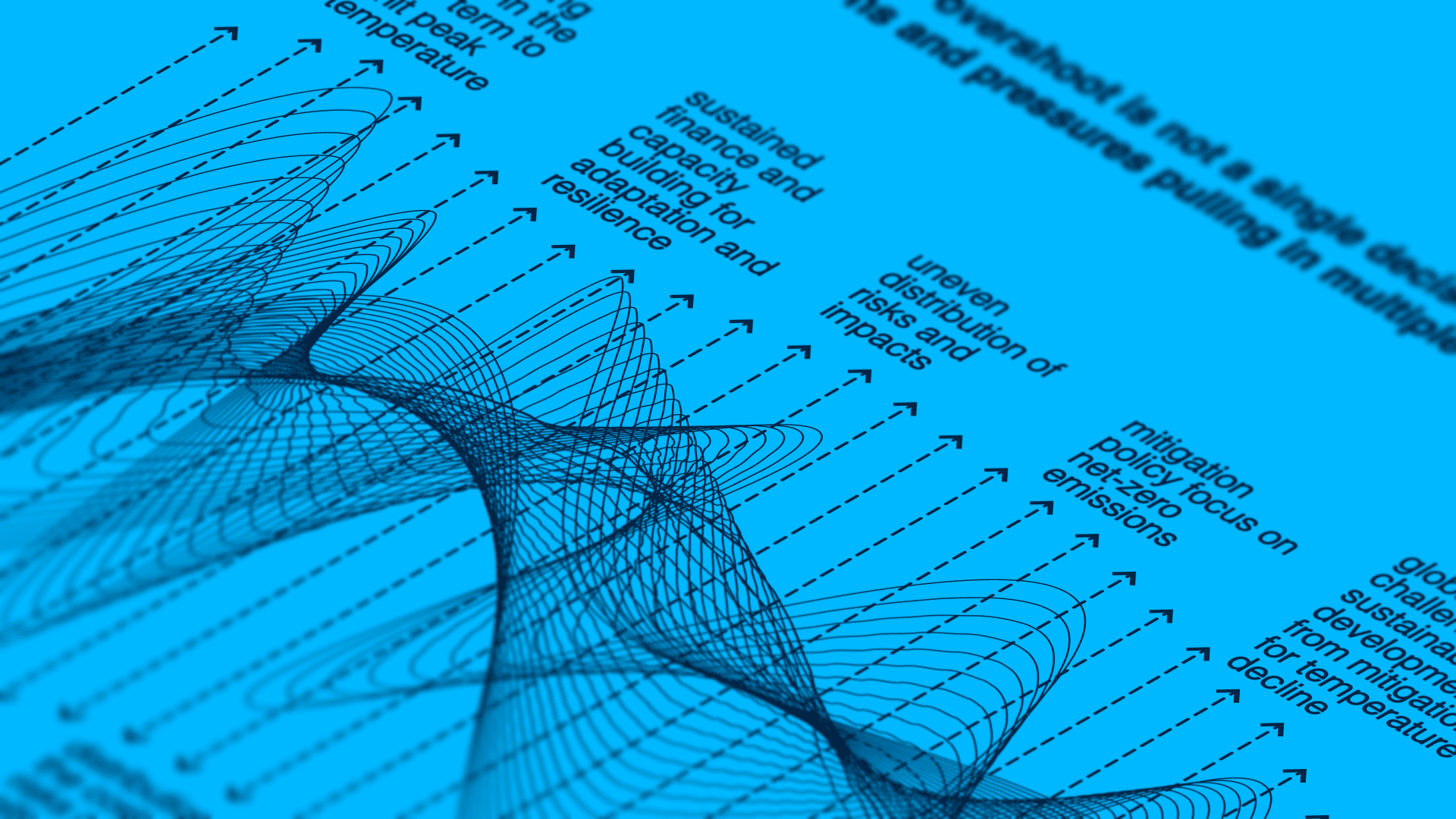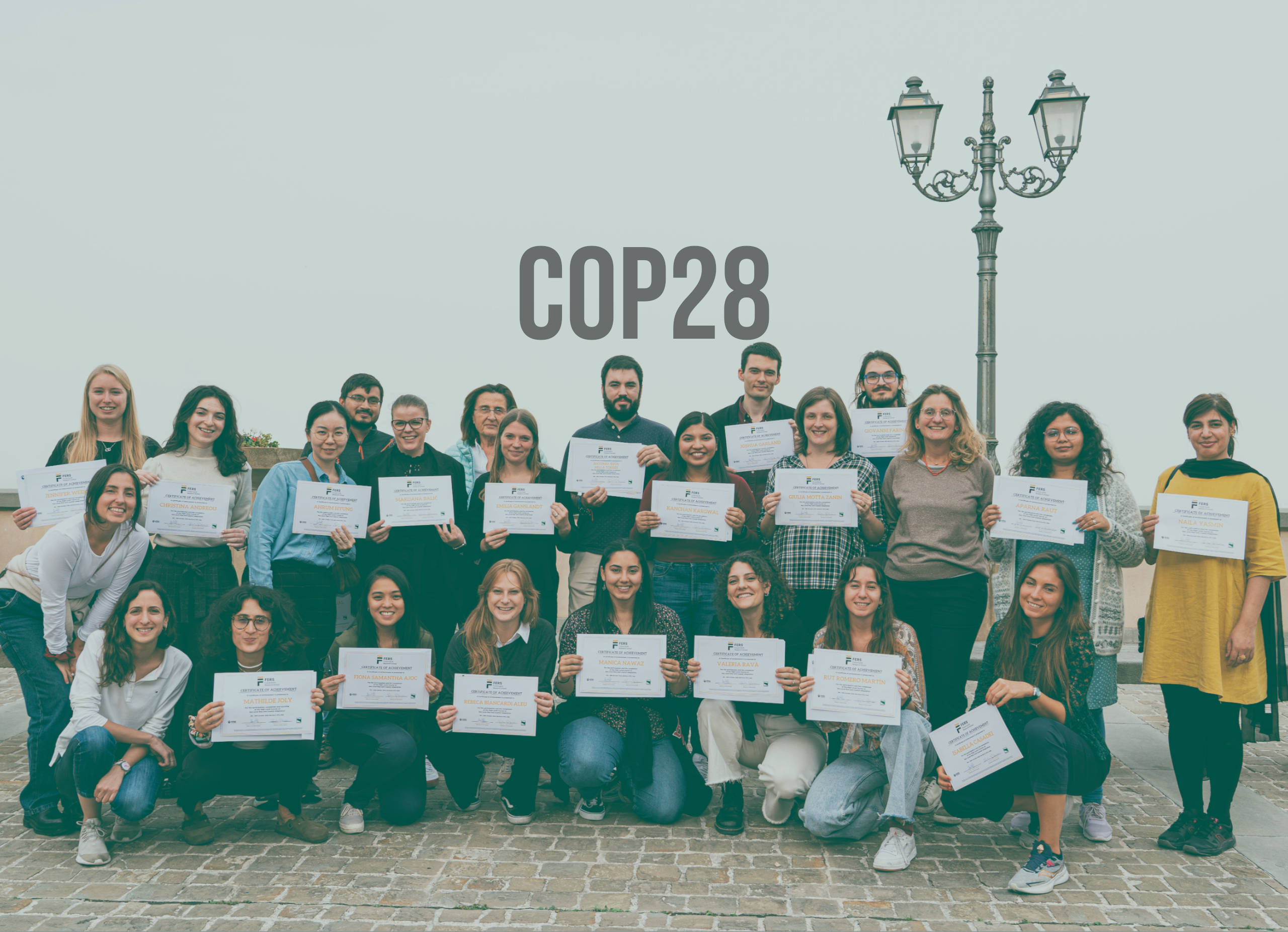Francesco Tubiello, senior statistician at the Food and Agriculture Organization of the United Nations (FAO), provides valuable insight into how to untangle key data, farming activities, land use, and the unfolding supply chain dynamics.
Tubiello emphasizes the need for adaptation strategies that contrast the worst effects of climate change, with global data pointing in the direction of decarbonization efforts across the board, offering actionable insights for a sustainable agri-food future.
What does data say about the connection between agriculture and climate change?
The links between agriculture and climate change are asymmetrical. On one side, there are emissions, with their direct impact on climate, while on the other there are intricate strategies to adapt to ongoing changes.
From an emissions standpoint, a crucial aspect emerges. At FAO, we consider the agri-food system as a whole, moving beyond the conventional perspective on agriculture as an isolated system. When considering the agri-food system, data spanning the last two years indicates that it contributes approximately 30% of total emissions: a substantial figure. In absolute values, this percentage equates to about 15-16 billion tons of CO2 equivalent emissions, out of a total 50-55 billion tons of global emissions.
These insights underscore the significance of our discussion. It has spurred a series of studies suggesting that without strategic interventions in the agri-food system, the goals outlined in the Paris Agreement cannot be met.
In my view, this assertion holds a degree of truth. Importantly, it has intensified the focus on the entire agricultural system.
What kind of emissions are we talking about?
When we delve into mitigation or specific climate processes, we are essentially discussing individual greenhouse gasses. For example, if we consider CO2, all agri-food systems, including deforestation and similar processes, contribute around 10-15%, if not less.
However, when it comes to methane, we are responsible for approximately 50% of the global emissions, primarily through livestock farming. Moreover, looking at nitrous oxide (N2O), one of the most important greenhouse gasses, agri-food systems account for about 80% of total emissions.
Naturally, these proportions vary through different regions of the world. However, they generally don’t drop below the 30% mark. In Europe, they are around 25%, while in developing countries these figures soar, for the obvious reason that agriculture is the primary economic activity and, in turn, contributes to 50%, 60%, even 70% of the country’s total emissions. Hence, these countries, crucially called upon to differentially but substantially contribute to the Paris Agreement goals, should take action in this sector.
What are the different contributions of the different sectors in the agri-food system?
At FAO, we break it down into three main components that don’t carry the same weight. The first one we call the farm gate, which includes all activities that occur in fields and farms, mostly covered by the IPCC agriculture category. Here, plant and livestock production activities dominate the emissions count, which is mostly made up of non-CO2 gasses.
Farm-gating includes on-farm energy use, including electricity used for activities such as the use of tractors, irrigation pumps, or barn heating. This adds up to around 7-8 billion tons of emissions from actual farm production, a substantial portion of the total 16 billion tons, and around 14% of total global emissions.
The other component is land-use change. These are practices humans have engaged in for the last 10,000 years, and they are still happening mostly in emerging countries, where inefficiencies in production often lead to the conversion of new land into agriculture, mainly through deforestation, peatland drainage, and fires.
This sector is significant because a substantial part of CO2 emissions historically came from changes in land use, especially in tropical regions. Therefore, when considering mitigation efforts we should consider that a few billion tons are emitted in this sector, so mitigation plans could make a difference, albeit a small one. Land-use change solely due to agriculture contributes to 6% of total emissions, with about 3-4 billion tons, which is a surprisingly significant figure.
How have these emission figures changed over the years?
Agriculture has remained relatively stable for a few decades: while it is undoubtedly growing in developing countries, it is declining in developed ones. Overall, emissions from deforestation have significantly decreased over time, almost halving from previous decades. This has shifted the focus in discussions about agri-food systems towards an additional third component, which we usually refer to as pre- and post-production systems.
This component represents the entire supply chain and accounts for everything that happens to food or produce once it leaves the farm: manufacturing, sales, transportation, consumption, preparation, home storage, and, finally, waste disposal in landfills, which contributes significantly to methane emissions. This third segment of the agri-food sector is thriving globally, representing a natural evolution of the global economy marked by a shift from traditional to highly integrated agriculture, and the widespread establishment of supermarkets and large-scale energy-intensive distribution networks.
This is an emergent aspect that, as assessed by FAO and in parallel by the Joint Research Centre (JRC), contributes – mainly with CO2 – another 5 billion tons of emissions. Therefore, paradoxically, the two most impactful components in the sector have shifted from land use change to farm gate and the supply chain.
In what ways is the agricultural sector adapting to climate change and how will this change in the future?
From a numerical standpoint, we need powerful energy solutions. I feel like there is a common perception that decarbonizing the whole sector will only leave us small issues to tackle, such as methane emissions from livestock, in order to reach Net Zero by 2050. In my opinion, the real challenge for agriculture in the next few decades will be climate change. Therefore, investing in adaptation is essential.
During the past few decades, the effects of climate change have already started to emerge, and farmers have tried many tricks to limit their damage. But with the current changing climate patterns, these will not be enough. The world needs an engineering approach to tackle these large-scale challenges. The focus must shift from locally-applied theoretical to-do lists to practical, coordinated, action-oriented strategies. The global agriculture sector needs to prepare for the impending changes, or we might face large-scale consequences in the near future.
Where does the data come from, and how is it elaborated and shared with the global community?
FAO has a database offering a comprehensive global view on agri-food, breaking down data country by country and sector by sector. This detailed breakdown helps identify the most significant components of the agri-food sector in each country – at least in terms of numbers – thus enabling more targeted planning.
We collect data related to agriculture from countries through an official international country reporting process. So, we have a substantial dataset directly from nations, which we compile and process, and then make available to everyone.
While a database is useful in itself, from an international process perspective, many countries consider agriculture a vital part of their plans to implement mitigation strategies. To do this effectively, the agri-food sector must align its national inventory with these international processes. We are working to garner interest from countries and organizations like the IPCC to create guidelines specifically for agri-food systems.
What solutions are emerging from the data?
The approach of considering the problem through these three components highlights a series of actions that, in my opinion, are useful and relatively free from the political discourse that has surrounded agriculture in the last few decades. The pre- and post-production sector, especially concerning the highly-centralized food system, and the land use change sector should be tackled especially with the help of those who have the financial resources, such as large companies operating in the sector.
When we talk about mitigation efforts, there are always two extremes of the equation: reducing at the source and minimizing consumption, that is, addressing supply and demand. Both aspects need attention, however, in the immediate term, I think the significant impact can be controlled more effectively at the source wherever possible.
This is why I want to emphasize the responsibility of everyone. Of course, each of us could take actions based on well-informed considerations. However, I think that those in control of certain aspects bear more responsibility and have more power in making impactful actions.
An interesting aspect that links the discussion of emissions from the agri-food sector to global sustainable development goals is that to reduce these specific emissions, we primarily need to decarbonize energy sources. So, this is not an action limited to the agri-food system alone because once the decarbonization process starts, it affects everything. This could serve as an incentive for greater change at a global level.






